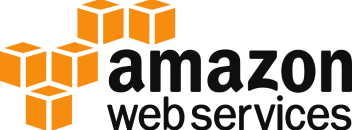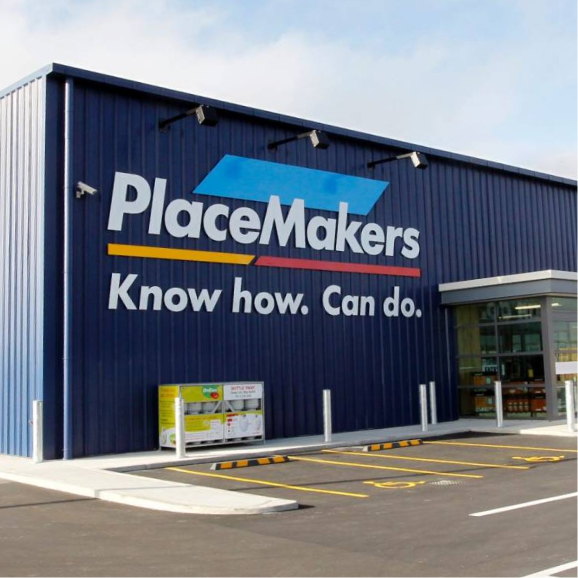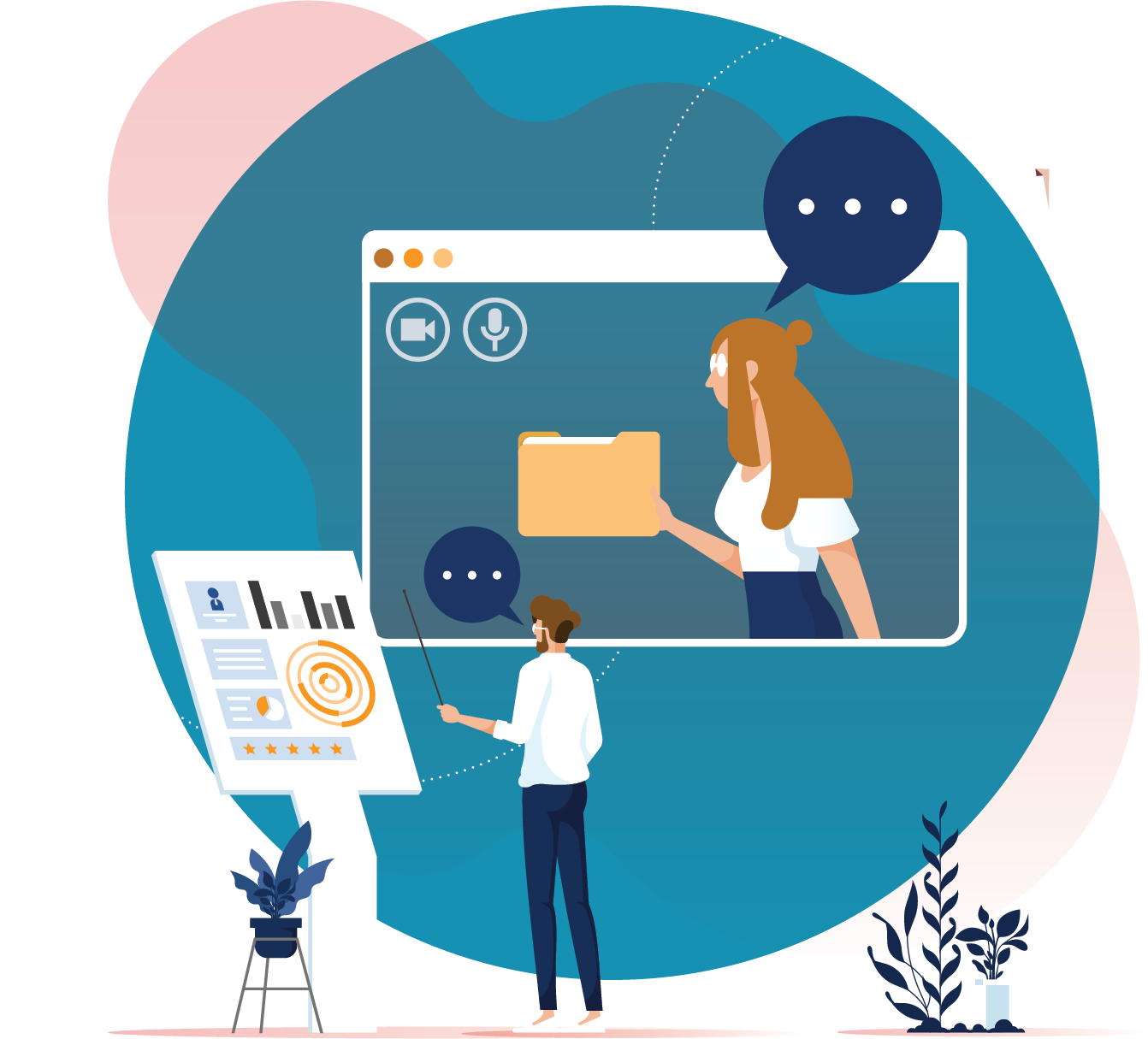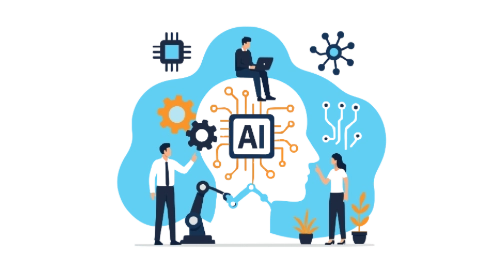Just when you thought I’d forgotten, it’s time for another entry in the “Integration Trends for the coming year” series. I was hoping that with the benefit of a bit more time to think, the predictions would be more straightforward — I don’t know about you, but “straightforward” isn’t the first word that comes to mind when describing 2025! I’ve forged on regardless; please find the Integration Trends for 2025.
1. AI Part One: Old dogs, new tricks
Like every other software maker on the planet, Integration Platform as a Service (iPaaS) vendors are trying to work out how AI can either enhance or be shoehorned into their platform (depending on your level of cynicism). We have seen a spectrum of approaches, from full reimaginings of what an iPaaS platform can be, to using AI to speed up delivery on a code-first platform, to vague pronouncements designed purely to pacify shareholders. This will continue through 2025, with the bulk of new features and functionality expected to be AI-related.
2. AI Part Two: The bubble pops / trough of disillusionment
With OpenAI starting 2025 by announcing a US$500 billion plan to build AI data centres, it definitely seems like we have reached Gartner’s Peak of Inflated Expectations. The world economy is entering a period of uncertainty, and investors will be growing increasingly impatient from the lack of returns from their AI investments. All signs are pointing to a reckoning in the AI sector in 2025, and integration is not immune. Next stop, Trough of Disillusionment.
What will this look like for integration? Companies who never progressed past first generation “co-pilot” AI tooling will fall further behind as AI investment dries up; conversely, vendors with a clear strategic vision for AI and the funding to match will have clear air to grasp the prize. The key differentiator between iPaaS vendors in 2025 may turn out to be whether they treated AI as evolutionary or revolutionary.

3. Hyperautomation driving integration
As a concept, hyperautomation — the enterprise-wide approach to automate as many business and IT processes as possible — was defined by Gartner in 2019. It is only recently, however, that advances in AI technology have given rise to a real shift towards adoption. Led by industries with complex manual workflows such as finance, health, and government, we are seeing more organisations moving from previous Robotic Process Automation (RPA) solutions towards a full hyperautomation approach. To support this, each system under automation must be addressable by the automation platform — and this is where integration comes in. iPaaS platforms have been used for years to wrap and present legacy systems behind a modern façade, and this will continue to be required as hyperautomation takes hold. After all, whether it’s developers or robots accessing the endpoints, everyone needs a properly managed API.
4. The rise of Embedded iPaaS
A trend which has been developing for some time but which is reaching critical mass in 2025 is the rise of embedded integration platforms within wider Software as a Service (SaaS) applications. SaaS users increasingly expect seamless integration with other applications out-of-the-box, and vendors have responded by providing tools directly within the application interface. This has become a competitive differentiator for SaaS vendors, leading to increasing investment, marketing, and ultimately adoption. Platforms such as Workday Integration Cloud, Microsoft PowerAutomate Embedded, and Salesforce Flow are good examples of embedded iPaaS.
What does this mean for traditional integration and iPaaS? While the embedded platforms may take some of the low-hanging fruit, they aren’t an enterprise-wide solution and as the market gets a better feeling for their limitations a more realistic assessment of use cases should follow. On the other hand, some leading Enterprise Integration Platform as a Service (eiPaaS) vendors have been able to partner with SaaS vendors to provide turnkey integration capabilities, with Boomi’s partnership with ServiceNow being a leading example. These more agile eiPaaS vendors have managed to turn a challenge into an opportunity, and will be rewarded for this over the course of the coming year.
5. The rise (and rise) of cloud data
Anyone who has been keeping an eye on the data space over the last few years will no doubt be aware of the impact of modern cloud data platforms on the wider IT industry. While first-generation cloud data solutions such as data lakes saw some adoption among larger organisations, their unstructured nature made them difficult to manage and limited their wider appeal. Modern cloud data platforms such as Databricks have realised the low-cost promise of the earlier iterations while supporting the structured convenience of traditional data warehouses. The lure of AI has also accelerated investments in cloud data platforms. Of course, the data has to get to the cloud somehow — which is where integration comes in.
The increasing reliance on cloud data platforms presents a significant opportunity for integration platforms, but challenges with the volume of data required has restricted the ability of the iPaaS vendors to meet the market. Meanwhile, cloud ETL and ELT tooling has been rapidly maturing to the point where the leading platforms are offering unified solutions for ingestion, transformation, and orchestration — encroaching on the territory of iPaaS.
Over the coming year we expect to see iPaaS vendors responding to this challenge, whether it is by investing in building enhanced capabilities or purchasing complementary capabilities. Boomi’s announcement of its Rivery acquisition was perhaps the starting gun for this in 2025, but it is unlikely to be the last. As both cloud ETL and iPaaS vendors encroach onto each other’s territory, the scene is set for consolidation.
There you have it — the best predictions for integration in 2025 that money can’t buy. With the speed of developments this year I fully expect that at least one of these will be invalidated within a month. We’ll have to wait for the end of year review to see how well the predictions have fared.




















